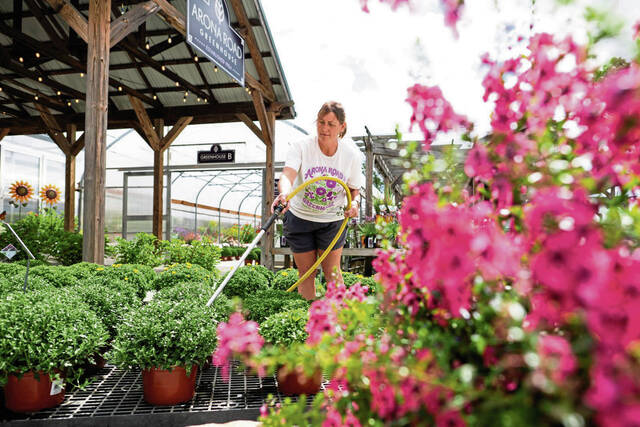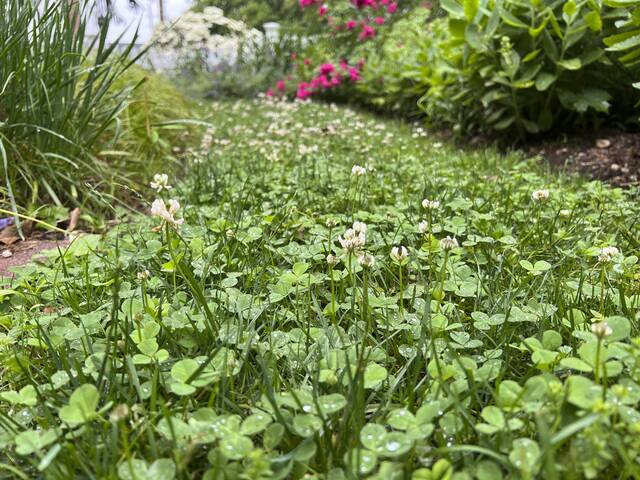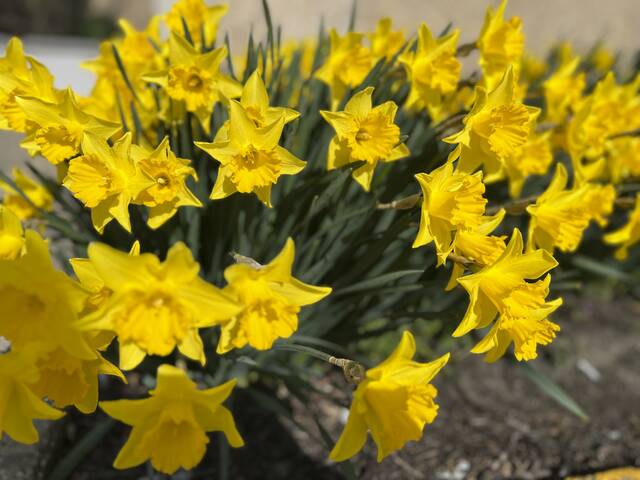Question: My daughter lives in Georgia and has had a healthy, blooming lipstick plant for years. Primarily it lives inside, but she puts it on the patio in summer. A few days ago while daytime temps were in the 70s, they had a frost or freeze while she was out of town on business. Arriving home, she found a very sad plant which she brought inside. Is there anything that could be done to keep it from dying, and how can you check its viability now? Many thanks for any suggestions you might have. Should it be watered differently?
Answer: Lipstick plants (Aeschynanthus radicans) are popular and very pretty houseplants. They bloom off and on all year long, and are fairly easy to care for.
Lipstick plants produce small red to orange tubular flowers that look a bit like, you guessed it, tubes of lipstick. The leaves of this houseplant are attractive, too, and their cascading growth habit makes them a wonderful choice for hanging baskets.
The best light levels for lipstick plants are bright but indirect sunlight. Moving the plant outdoors for the summer is a great idea, especially since this plant is a native of tropical regions. However, you want to keep it out of scorching direct summer sun.
Lipstick plants prefer warm temperatures between 72 and 90 F. As your daughter unfortunately discovered, they are not tolerant of frosts. Thankfully, unless the temperatures dropped extremely low, it’s likely that the roots of the plant remain viable. Though the top of the plant has been frost-killed, I’d be willing to bet that the roots are healthy and will rebound with new growth in short order.
I suggest your daughter cut back the plant very hard, removing all of the dead stems back to the main crown of the plant. Continue to water the plant as she always has. Though these plants tend to flower when they are kept on the drier side, in this case, you want to make sure the plant receives enough water to support new growth but not so much as to rot the roots.
She should not fertilize the plant for at least six months as doing so could encourage the newly emerging stems to flower, which is not what she currently desires.
If she feels the need to check the viability of the plant, she could remove it from the pot carefully, tip it over and examine the roots.The roots should be crisp when pinched between a thumb and forefinger. After examining the roots, the plant can then be transplanted into a slightly larger container using new potting soil. The transplantation process may actually help her plant rebound.
All in all, I think there’s a very good chance your daughter’s plant will be fine. If she’s hesitant to cut the plant back all the way, she can try cutting each of the stems back half way and removing all of the frost-killed leaves. Give the pruned bare stems about a month to show signs of new leaf growth. If no new leaves develop and the stems turn black and rot, it’s time to cut them off all the way. The stems themselves may still be viable even though the leaves have been killed.








